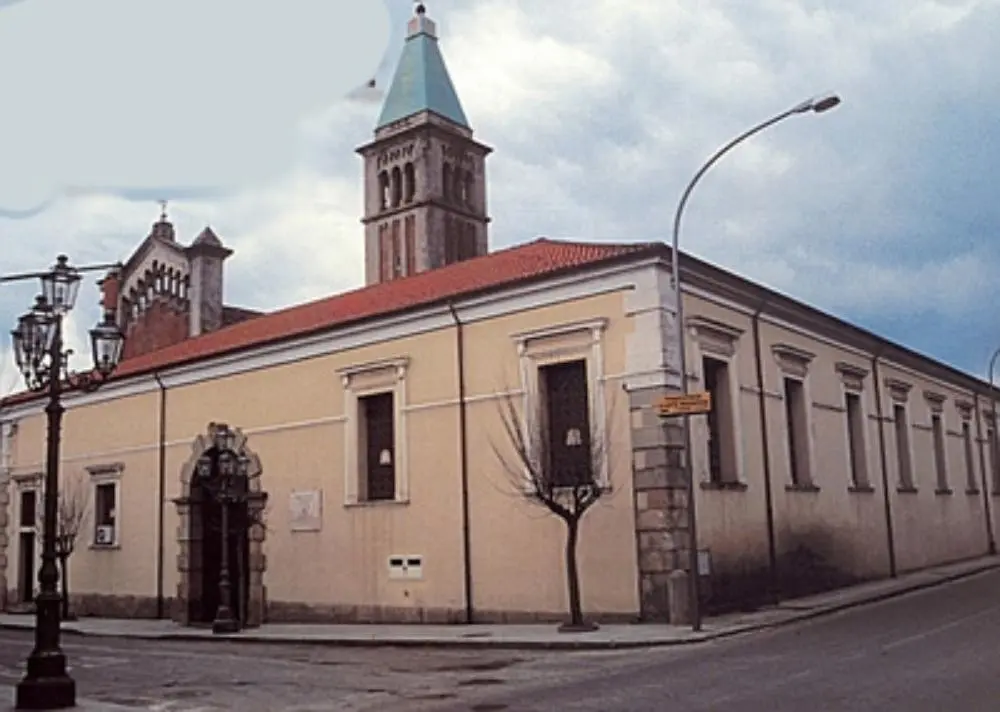A trip to Mileto in Calabria: diocese, history and antiquities
Visit to Mileto, from Ancient Mileto to the diocese of Mileto between art and archaeology

Sites of faith
Mileto - Regione Calabria
Today we take you on a tour of discovery of Mileto Antica, its historical centre and the diocese of Mileto, an episcopal city in the province of Vibo Valentia.
Not to be confused with the ancient city of the same name in Asia Minor (from which it is said to have been founded), Mileto in Calabria boasts a respectable history, which sees it as one of the most important Norman centres of the Middle Ages, seat of the court of Roger I of Altavilla and birthplace of his son, Roger II, the first king of Sicily.
Mileto, history and archaeology of an ancient diocese
Mileto, in Calabria, is said to have been founded by the Milesians from Asia Minor around the 5th century BC, following the destruction of their city by the Persians.
However, Ancient Mileto, razed to the ground by an earthquake in 1783, found its greatest splendour in the medieval and Norman period, when it gave birth to the first king of Sicily, Roger II.
The city has been an Episcopal seat since the 11th century, when Roger I of Altavilla obtained the foundation of the episcopate from Pope Gregory VII. The diocese of Mileto first embraced the Latin rite, then the Greek-Byzantine rite, acquiring increasing centrality in southern Italy.
The area of Mileto Antica (or Old Mileto) can be seen today at the ruins of the Archaeological Medieval Park of Mileto Antica, an area still occupied by monumental remains, including those of the Abbey of the Holy Trinity, one of the most important medieval places of worship in Calabria, together with several marble artefacts.

What to see and do in Mileto
In addition to the vestiges of Ancient Mileto, the centre of the diocesan town of Mileto finds its symbol in the imposing Cathedral of S. Maria Assunta, seat of the diocese of Mileto with Nicotera and Tropea.
The old Norman cathedral collapsed, like much of the town, in the 18th century earthquake. Therefore, the building we admire today is the result of a major reconstruction in neo-Romanesque style, with three bronze entrance doors.
The three interior naves display works of art of great value, such as the painting of the Assumption of the Virgin into Heaven attributed to the painter Giuseppe Naso; the Chapel of the Blessed Sacrament, frescoed by the Calabrian artist Grillo, and the 1549 marble statue of St Nicholas of Bari, patron saint of Mileto.

Among the things to visit during a day in Mileto is the State Museum, housed inside the Bishop's Palace. The museum exhibits a valuable collection of ancient and medieval marble, ceramics, sacred furnishings and paintings that tell the story of Ancient Mileto.
Not to be missed is a walk in the well-kept Villa Comunale and through the streets of the old town, decorated with various murals.

https://calabriastraordinaria.it/en/news/a-trip-to-mileto-in-calabria-diocese-history-and-antiquities



